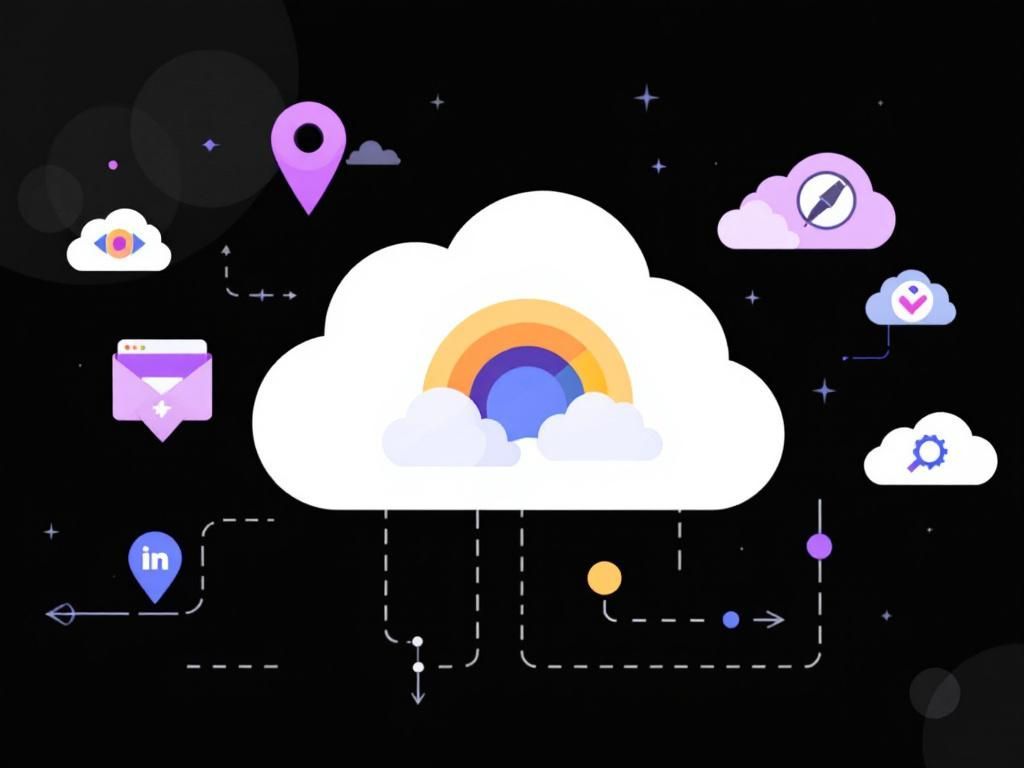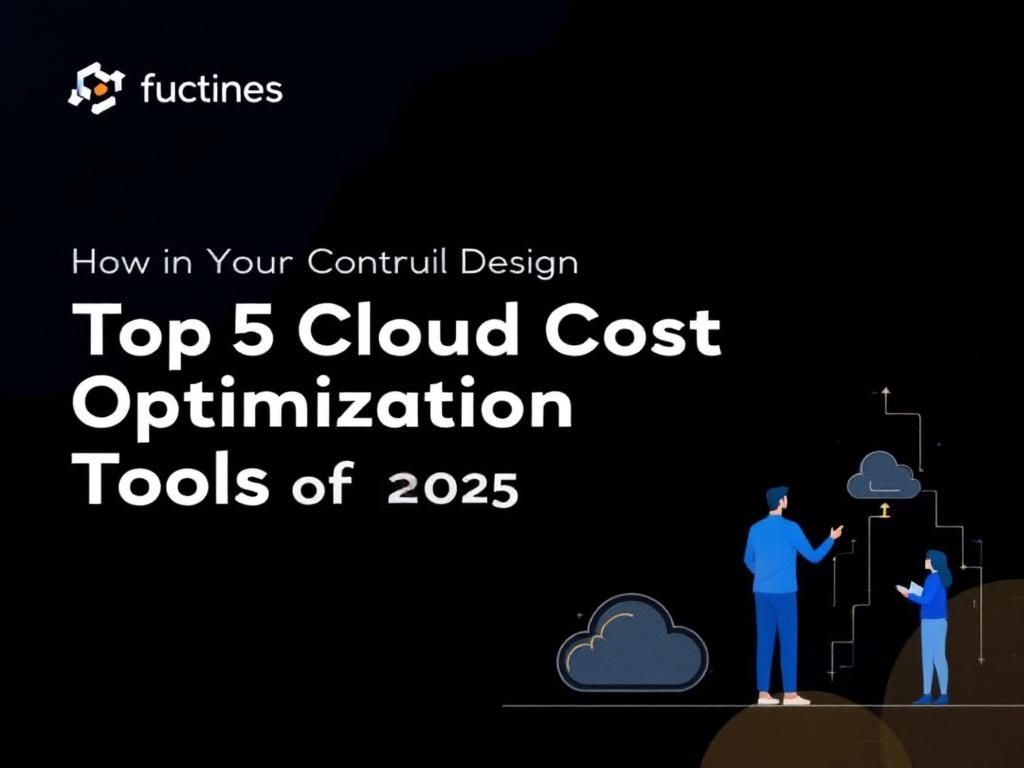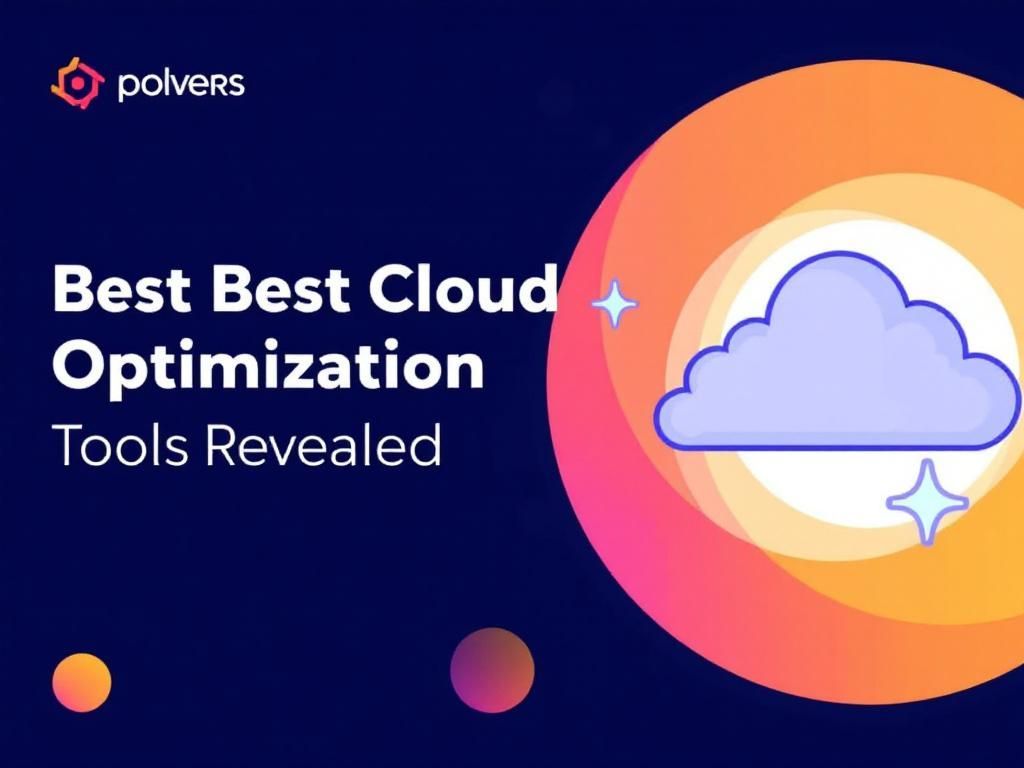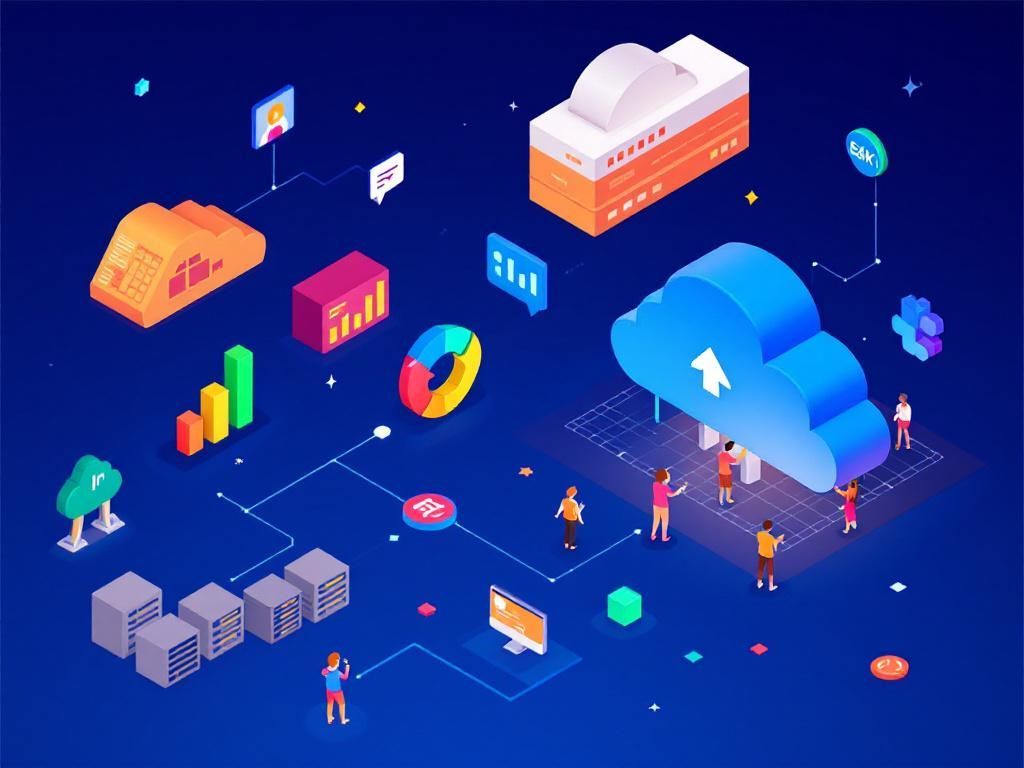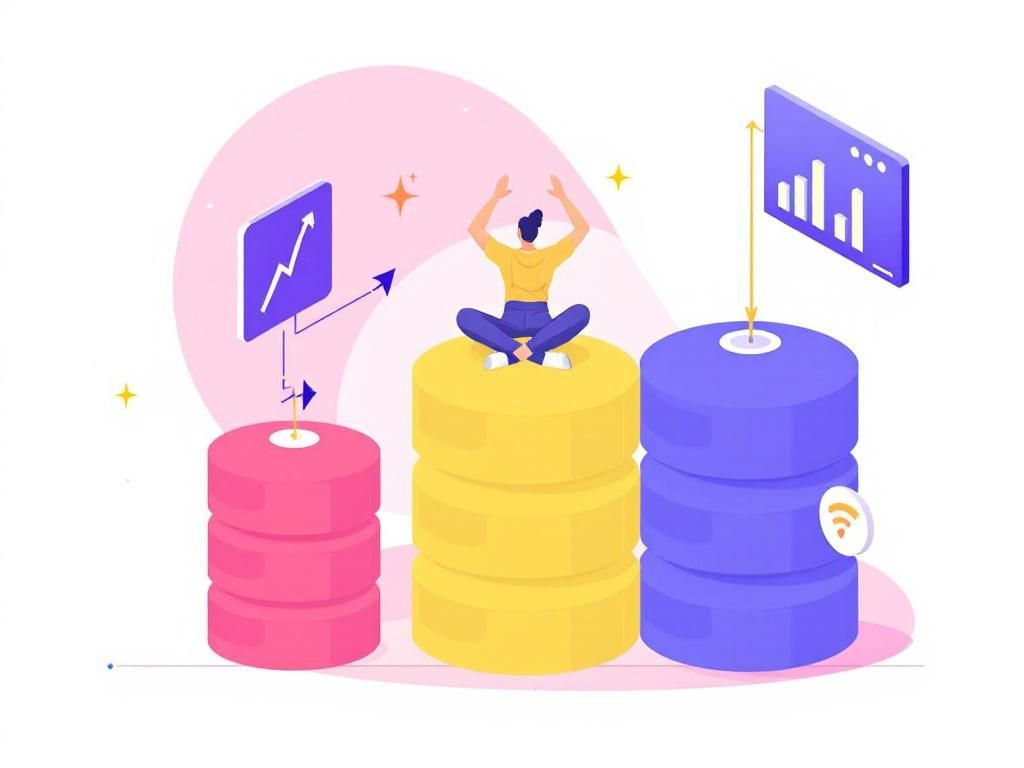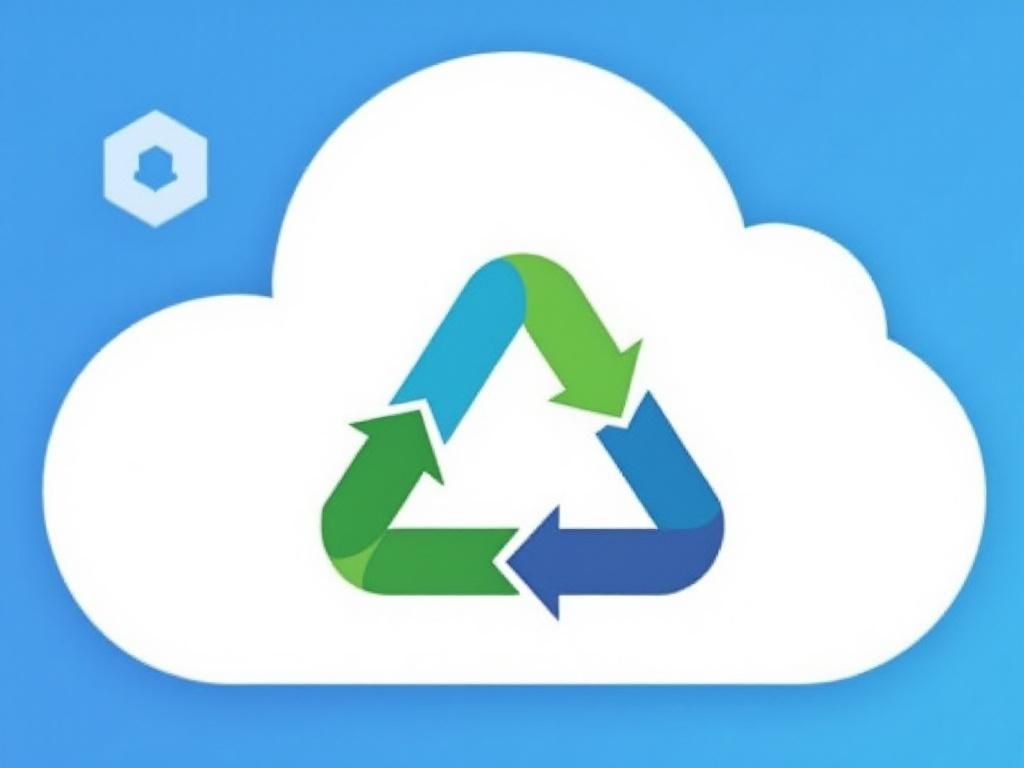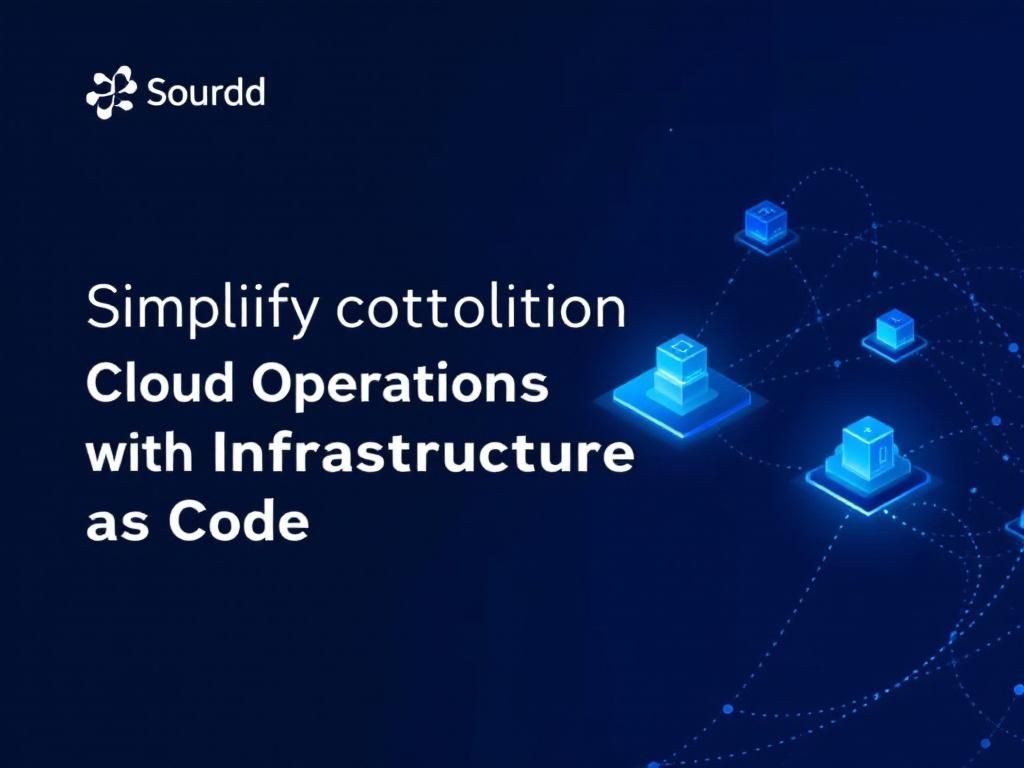2025 Guide to Legacy Application Cloud Migration
Explore our comprehensive 2025 guide on migrating legacy applications to the cloud, ensuring a smooth transition and maximizing efficiency.
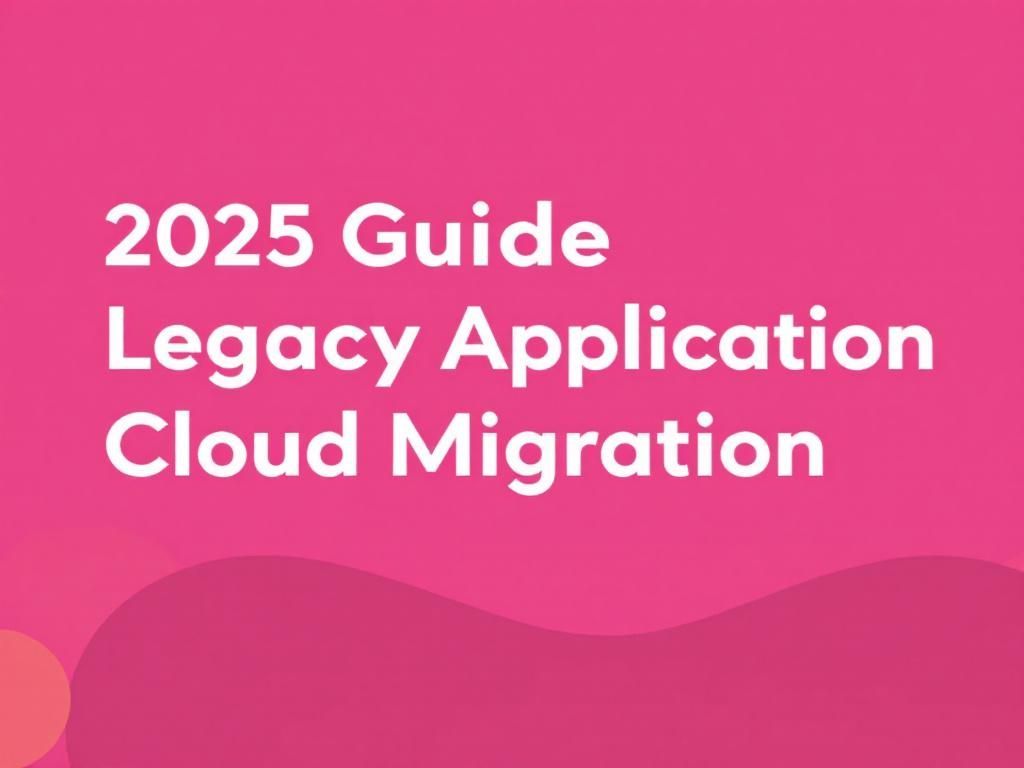
As businesses continue to evolve in the rapidly changing digital landscape, the migration of legacy applications to cloud platforms has become a pivotal strategy for enhancing operational efficiency and scalability. This guide will delve deep into the nuances of legacy application cloud migration, exploring strategies, best practices, and considerations that organizations must keep in mind as they transition their systems to the cloud.
Table of Contents
Understanding Legacy Applications
Legacy applications are older software systems that are critical to the operations of an organization but may not integrate well with newer technologies. These applications often pose challenges including:
- High maintenance costs
- Security vulnerabilities
- Limited scalability
- Incompatibility with modern systems
Identifying Legacy Applications
To effectively migrate to the cloud, organizations must first identify which applications are considered legacy. Typically, legacy applications may exhibit the following characteristics:
- Obsolete programming languages
- End-of-life status of underlying hardware
- Inability to support mobile or web-based interfaces
- High dependency on manual processes
Benefits of Cloud Migration
Transitioning legacy applications to the cloud offers myriad benefits:
1. Cost Efficiency
Cloud solutions often provide a subscription-based pricing model that can reduce upfront costs and align expenses with usage.
2. Improved Scalability
Cloud services allow businesses to easily scale resources up or down based on demand, ensuring they pay only for what they use.
3. Enhanced Security
Many cloud providers offer advanced security features and compliance certifications that can safeguard sensitive data.
4. Increased Collaboration
Cloud-based applications enable seamless collaboration among teams, increasing productivity across the organization.
Planning Your Migration Strategy
A successful migration begins with careful planning. Here are the essential steps to consider:
1. Assess Your Current Environment
Conduct a thorough inventory of existing applications, evaluating their performance, usage patterns, and any existing pain points.
2. Define Your Objectives
Clearly articulate what you hope to achieve with the migration, whether it’s cost savings, increased agility, or enhanced user experience.
3. Select the Right Cloud Model
Choosing the appropriate cloud model is critical. Consider the following options:
| Cloud Model | Description |
|---|---|
| Public Cloud | Resources are shared over the internet, managed by third-party providers. |
| Private Cloud | Exclusive cloud infrastructure for a single organization, enhancing security and control. |
| Hybrid Cloud | Combination of public and private clouds, allowing greater flexibility and data deployment options. |
4. Choose a Migration Strategy
There are several migration strategies to adopt. Each has its own merits:
- Rehosting: Moving applications without modification.
- Refactoring: Making minimal adjustments to optimize for the cloud.
- Replatforming: Adapting applications to utilize cloud capabilities more effectively.
- Retirement: Discarding applications that are no longer necessary.
- Rebuild: Creating new applications from scratch if current solutions are too outdated.
Executing the Migration
Once planning is complete, it’s time to execute the migration. Follow these steps:
1. Establish a Migration Team
Form a cross-functional team that includes IT professionals, cloud architects, and business stakeholders to oversee the migration process.
2. Develop a Timeline
Create a detailed timeline outlining each phase of the migration. Include milestones for tracking progress.
3. Test Thoroughly
Before going live, conduct extensive testing to ensure that applications function correctly in the cloud environment.
4. Monitor and Optimize
Post-migration, continuously monitor application performance and make necessary adjustments to optimize efficiency and user experience.
Challenges of Legacy Application Migration
Despite the advantages, migrating legacy applications presents its own set of challenges:
1. Data Loss Risks
Transferring large quantities of data can lead to potential data loss if not managed correctly. Implement robust backup strategies to mitigate risks.
2. Integration Issues
Legacy applications often need to integrate with other systems, which can complicate migration. Thoroughly assess all dependencies before proceeding.
3. Resistance to Change
Employees accustomed to legacy systems may resist new cloud applications. Ensure adequate training and support during the transition.
Future Trends in Cloud Migration
The landscape of cloud migration is dynamic and continually changing. Here are some trends to watch:
1. Increased Adoption of Multi-Cloud Strategies
Organizations are increasingly avoiding vendor lock-in by using multiple cloud providers, leveraging the best services from each.
2. Rise of AI and Automation
Automation tools are streamlining the migration process, making it easier to manage resources and optimize costs.
3. Enhanced Security Protocols
As cyber threats evolve, cloud providers are investing in more sophisticated security measures to protect data.
Conclusion
Migrating legacy applications to the cloud is a complex but rewarding endeavor. By taking a strategic approach and considering the various challenges and opportunities, organizations can unlock the full potential of cloud computing. As technology continues to advance, staying proactive in cloud adoption will be key to maintaining a competitive edge in the market.
FAQ
What is legacy application cloud migration?
Legacy application cloud migration refers to the process of moving outdated software applications from on-premises infrastructure to cloud-based platforms for improved performance, scalability, and cost efficiency.
Why should businesses consider migrating legacy applications to the cloud in 2025?
Businesses should consider migrating legacy applications to the cloud to enhance operational efficiency, reduce IT costs, leverage advanced cloud features, and ensure better security and compliance with evolving technology standards.
What are the key challenges in migrating legacy applications to the cloud?
Key challenges include compatibility issues, data integrity concerns, potential downtime during migration, and the need for significant planning and resources to manage the transition effectively.
How can organizations prepare for legacy application cloud migration?
Organizations can prepare by conducting a thorough assessment of their current applications, outlining a clear migration strategy, involving stakeholders, and ensuring adequate training for staff on new cloud technologies.
What are the best practices for successful legacy application cloud migration?
Best practices include selecting the right cloud service model, prioritizing applications based on business impact, ensuring robust data backup, and implementing a phased migration approach to minimize disruption.
What tools can assist in the legacy application cloud migration process?
Tools such as cloud migration software, application dependency mapping tools, and performance monitoring solutions can assist in streamlining the migration process and ensuring a successful transition to the cloud.


